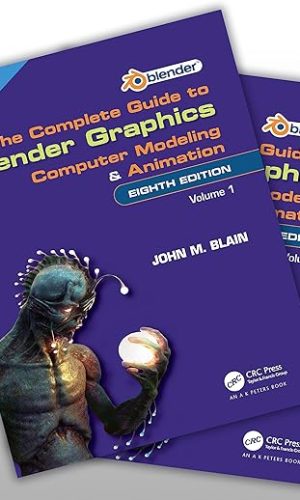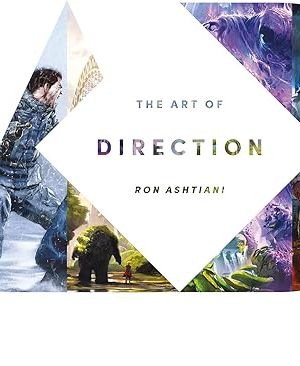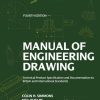Manual of Engineering Drawing: Technical Product Specification and Documentation to British and International Standards
£40.80
Now in its 4th edition, Manual of Engineering Drawing is a long-established guide for practicing and student engineers to producing engineering drawings and annotated 3D models that comply with the latest BSI and ISO standards of technical product specifications and documentation. This new edition has been updated in line with recent standard revisions and amendments, including the requirements of BS8888 2011 and related ISO standards. Ideal for international use, it includes a guide to the fundamental differences between the relevant ISO and ASME standards, as well as new information on legal aspects such as patents and copyright, and end-of-life design considerations. Equally applicable to CAD and manual drawing, the book includes the latest developments in 3D annotation and the specification of surface texture. Its broad scope also encompasses topics such as orthographic and pictorial projections, dimensional, geometrical and surface tolerancing, and the duality principle, along with numerous examples of electrical and hydraulic diagrams with symbols and applications of cams, bearings, welding and adhesives. Seen by many as an essential design reference, Manual of Engineering Drawing is an ideal companion for students studying vocational courses in technical product specification, undergraduates studying engineering or product design, and professional engineers beginning a career in design.
Read more
Additional information
| Publisher | 4th edition (29 Jun. 2012), Butterworth-Heinemann |
|---|---|
| Language | English |
| Paperback | 380 pages |
| ISBN-10 | 0080966527 |
| ISBN-13 | 978-0080966526 |
| Dimensions | 21.59 x 2.18 x 27.64 cm |










by Clo
User friendly
by Jonathan
Very good. Helps you understand information clearly
by Mr. Graham Tebby
I’m an electronics engineer who has found himself needing to read engineering drawings. This is an ideal book for me; I need to know what the various symbols mean, which way around things are pictured (it’s not always obvious) and what different sorts of dot mean. For this it is great; an appendix showing all the different conventions would be nice, but it sits happily on my desk as a reference.
by Jack
Full of useful information
by CNF
I own this book along with the ‘Geometric Tolerancing desk reference’ by Paul Green, which I believe are the two main books amazon offers on the subject in the UK.
I produce mechanical drawings on a regular basis as a mechanical engineer and while both are good books I find this one more useful as a reference for those who already have a good understanding of drawing production, it has a higher page count and more detailed content and explanation on the subject matter.
I would say that it isn’t really a step by step guide for producing drawings and assumes a basic/intermediate understanding of drawing production.
by TERRANCE. R. NATHAN
It’s a bit wordy; (long winded, takes ages to get the point across). The informational drawing are ok they could be better though
by Gavin
This book is exactly what I wanted. A good focus on the drawing convention, interesting historical explanations of how and why things are ‘the way they are’ (welding standards, history of drawing standards etc).
I can use this book as a reference to quickly and confidently generate standard templates in Solidworks, AutoCAD etc with the correct settings (as opposed to my workplace, which has a strange ‘evolved’ non-standard set up which varies from person-to-person!!!). Most details I ‘knew anyway’, but a surprising amount of ‘bits and bobs’ that I did not. It certainly filled a few knowledge gaps. Useful and interesting.
Before buying, I read other reviews that were negative, pointing to some inaccuracies, but for my needs this book is great. I wasn’t looking for an all-encompassing, full-depth encyclopaedia on the topic – I wanted a mid-depth agile reference which covers all the bases. Which I believe I found.
by Robert bennett
Very detailed on what I wanted to know.